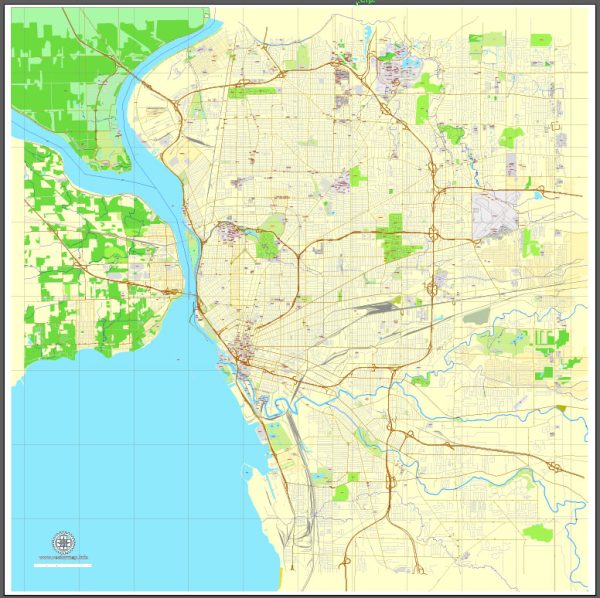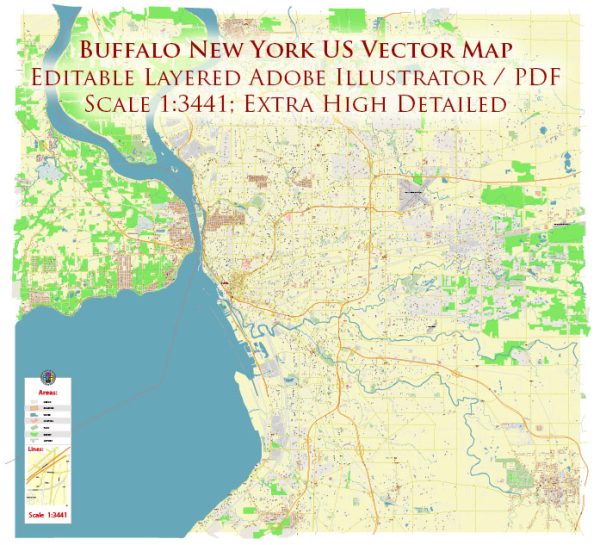Buffalo, New York, has a rich and diverse history that has played a significant role in the development of the United States. Here is a brief overview of the city’s history:
- Native American Roots: Prior to European colonization, the Buffalo area was inhabited by indigenous peoples, including the Seneca Nation of the Haudenosaunee (Iroquois) Confederacy. The region’s waterways and fertile land made it a vital resource for these native communities.
- Early European Settlement: The first European explorers arrived in the late 18th century. French explorers and fur traders, like René-Robert Cavelier, Sieur de La Salle, made early contact with the indigenous populations in the late 17th century. The British gained control of the area following the American Revolution, and Buffalo became a part of the United States with the Treaty of Paris in 1783.
- Erie Canal: One of Buffalo’s most significant historical contributions was its role as the western terminus of the Erie Canal. Completed in 1825, the Erie Canal linked the Great Lakes to the Hudson River and New York City, greatly facilitating transportation and trade. Buffalo grew rapidly as a result, becoming a major transportation and trade hub in the 19th century.
- Industrialization: In the 19th and early 20th centuries, Buffalo became an industrial powerhouse, thanks to its strategic location on the Great Lakes and its proximity to resources like iron ore and coal. The city’s industries included steel production, grain milling, and manufacturing, making it a major economic center.
- The Pan-American Exposition: In 1901, Buffalo hosted the Pan-American Exposition, a world’s fair that showcased the technological and cultural achievements of the Americas. It was during this event that President William McKinley was assassinated.
- Decline and Revival: Buffalo experienced economic challenges and population decline in the mid-20th century due to deindustrialization and suburbanization. However, in recent years, the city has made efforts to revitalize its economy and waterfront areas through various urban development initiatives.
- Cultural and Educational Institutions: Buffalo is home to several notable cultural and educational institutions, including the Albright-Knox Art Gallery, the Buffalo and Erie County Public Library, and the University at Buffalo.
- Sports and Entertainment: The city has a strong sports culture, with professional teams like the Buffalo Bills (NFL) and Buffalo Sabres (NHL). The city also has a vibrant music and arts scene, with numerous theaters and music venues.
- Historical Landmarks: Buffalo boasts several historical landmarks, including the Richardson Olmsted Campus, designed by famed architect H.H. Richardson and landscape architect Frederick Law Olmsted, and Frank Lloyd Wright’s Darwin D. Martin House.
Buffalo, New York, has played a vital role in the development of the United States, particularly in transportation, industry, and culture. Its history is a reflection of the nation’s economic and social evolution over the past two centuries.



 Author: Kirill Shrayber, Ph.D.
Author: Kirill Shrayber, Ph.D.